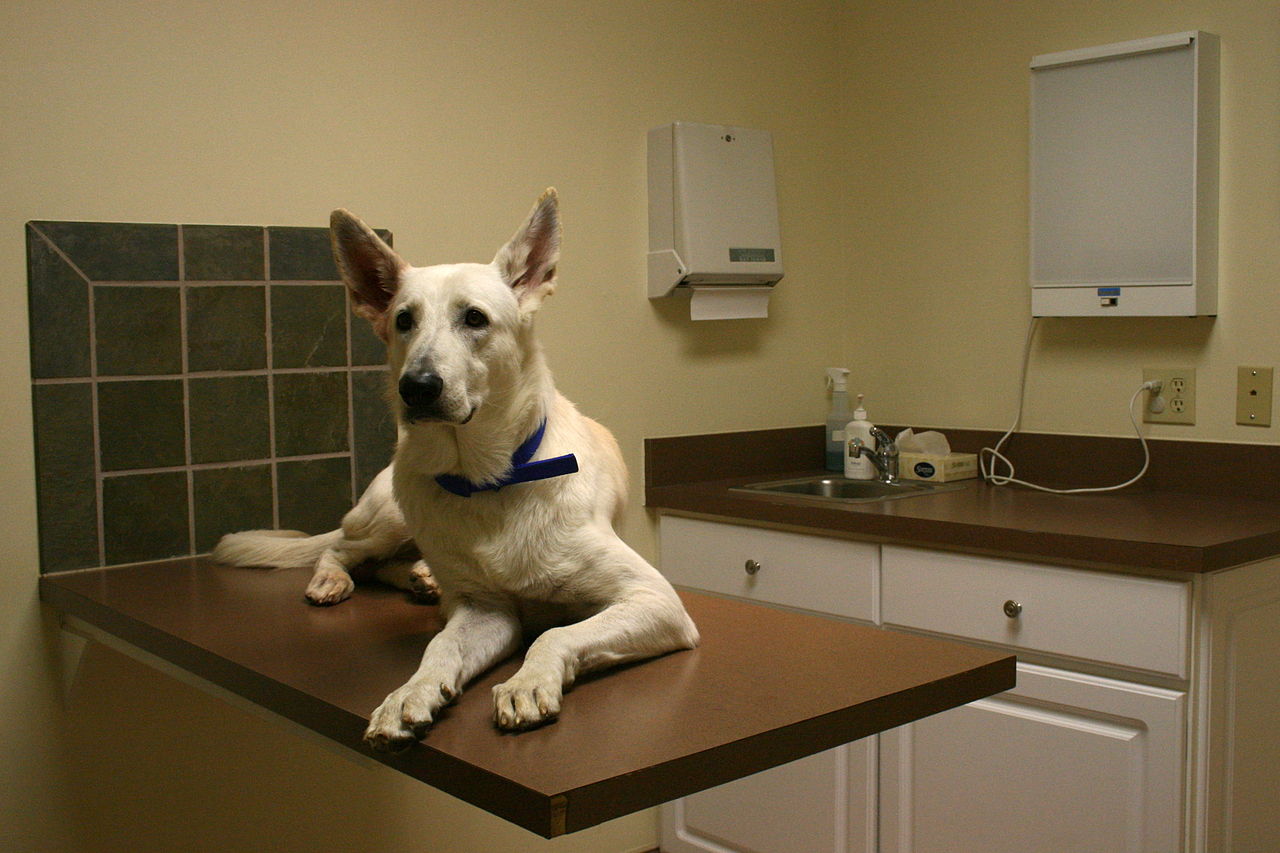While cats are obligate carnivores and can do without a bunch of green stuff in their diet, what about dogs. Actually dogs can do with a little greening in their meals. Lets look at the reasons.
Plants contain a substance called chlorophyl that allows them to absorb energy from sunlight. Except for one atom, chlorophyl has the same molecular structure as hemoglobin in red blood cells. Iron is the main molecule in hemoglobin while magnesium is the central molecule in plants. Hemoglobin carries oxygen to all organs and cells of the body.
Chlorophyl helps to restore and build healthy blood. It helps fight infection, heals wounds, aids the immune and digestive systems, cleanses the liver and cells of the body and generally supports good health. In addition, chlorophyl has been found to block aflatoxins, break down bladder stones, offers protection against cancer and helps eliminate heavy metals from the body.
When dogs eat grass, they may be telling us that there aren’t enough greens in their diet. Just as we need fruits and veggies to maintain our health, so do dogs, although not in great amounts.
Before you load your dog up on greens, start slowly, giving a very small amount of one at a time. Check to be sure which ones don’t upset your dog’s digestive tract. Broccoli, asparagus, peas, spinach, parsley and more, steamed and added to the diet can be a healthy treat.
And don’t leave out other fruit and veggie colors for additional health benefits. Different colors indicate the type of phytonutrients found in a plant. Phytonutrients are compounds in plants that promote good health, are antioxidant and anti-inflammatory.
Apple slices, berries and other fruits (no grapes) can be eaten raw with pits removed. Pumpkin (not the pie-filling kind that has additives and sugar) and beets can be steamed. Steaming veggies allows for easier digestion.
Where possible, purchase organically grown fruits and veggies that are free of pesticides. Wash all produce well before serving.

